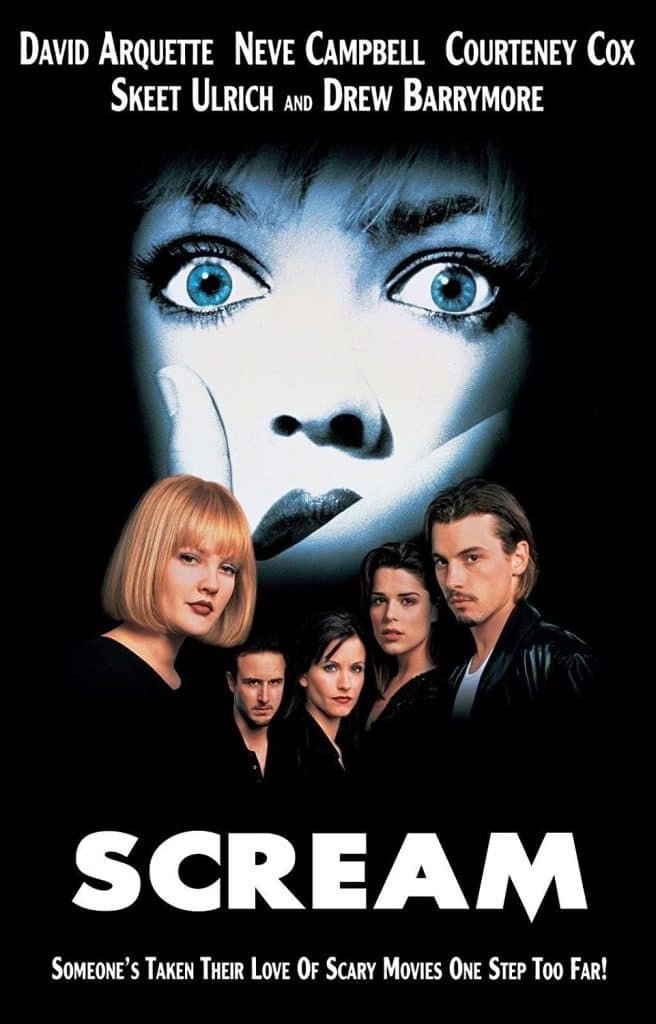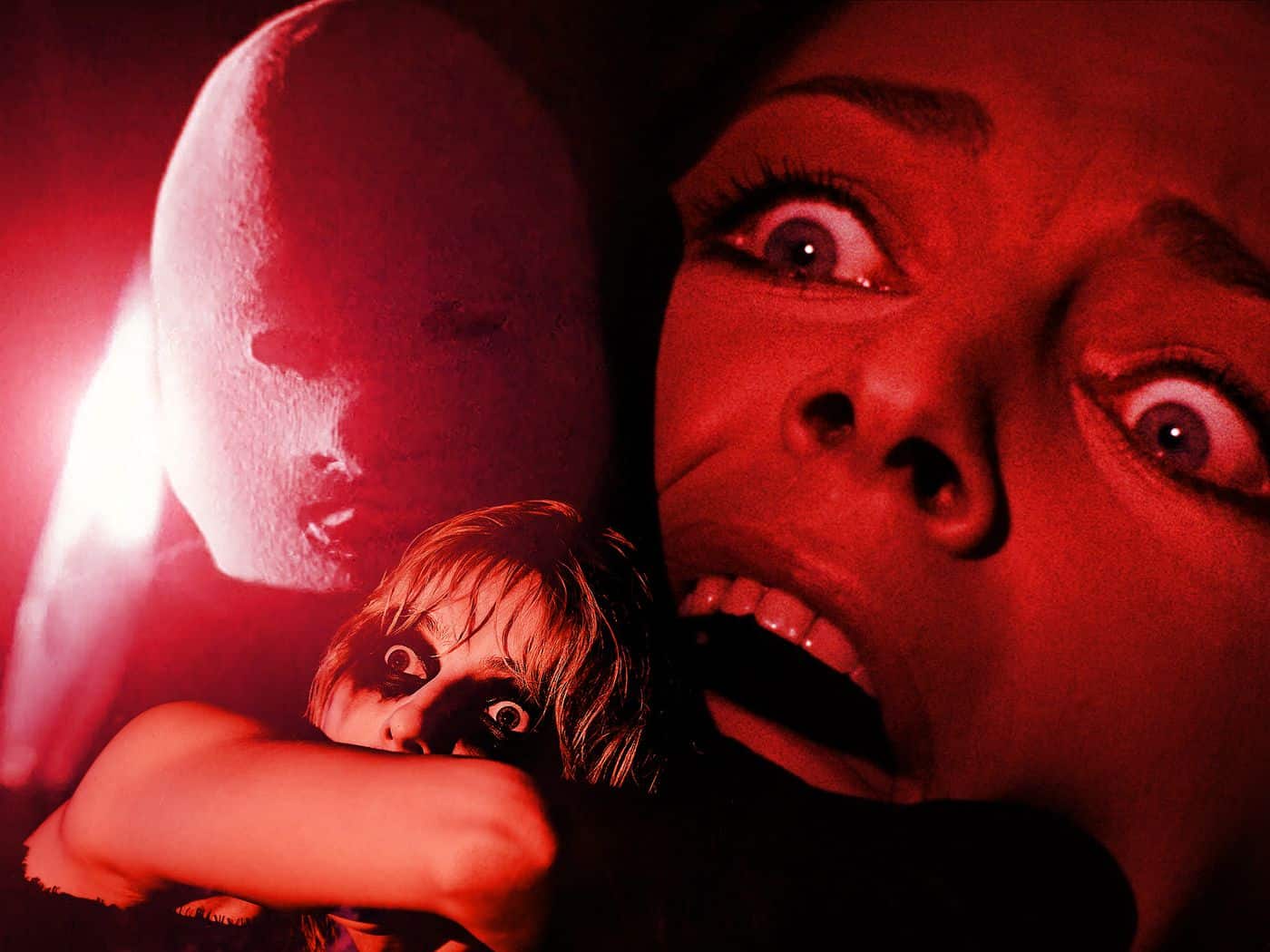Introduction
In 1929, Italy’s largest publisher, Mondadori, began publishing yellow-covered paperbacks for Italian readers. These were primarily stories of horror, the supernatural, slashers, sexploitation, and crime thrillers. These books and the genre explored within them soon became known as “Giallo” meaning “yellow,” due to their covers. Often, they were Italian translations of famous British and American novels from Agatha Christie, Raymond Chandler, and Edgar Allen Poe.

In the 1960s, Italian cinema reached a global audience as more well-known American TV and movie actors participated in the Spaghetti Western genre. Pioneered by Italian filmmakers such as Sergio Leone and Sergio Corbucci, this is a genre in which tales of the American frontier were shot for cheap in Italy, making Rawhide’s Clint Eastwood into a movie star with films such as A Fistful of Dollars and The Good the Bad and the Ugly. Amidst this success, the thriving Italian film industry began branching out into other genres, adapting its yellow paperbacks, and creating the “giallo all’italiana” genre in film.
Giallo: A Genre Without a Definition
This genre includes slashers and mysteries such as Dario Argento’s Suspiria, Sergio Martino’s The Case of the Scorpion’s Tail, and Mario Bava’s Blood and Black Lace. The genre was performed mainly in the Italian language throughout the 1960s. Still, as the genre amassed worldwide popularity, the ’70s saw more and more of these films performed in English, even if still set in Italy. These usually involved a British tourist witnessing a murder, as in Deep Red, or an American novelist on a book tour only to find that someone is committing murders based on his novel, like in Tenebrae.
Most critics agree the first Giallo movie was Mario Bava’s The Girl Who Knew Too Much from 1963 (a play on the title of the 1934 and 1956 Alfred Hitchcock movies The Man Who Knew Too Much). The film would turn out to be Bava’s least commercially successful film as director, and the Giallo genre would not become popular among its native Italian audiences until Dario Argento’s The Bird with the Crystal Plumage was released in 1970. Unlike most other genres, Giallo has no universal definition or qualification. Some are more mystery-based, some are gorier, and the genre includes a full spectrum of fantasy, from entirely psychological to all-out paranormal. What then makes a film “Giallo” when it need neither be in Italian nor set or shot in Italy? It ultimately boils down to a few things.
The Structure of Giallo Stories
Given its ambiguity, the idea of the Giallo genre itself brings into question how we classify non-Hollywood movies, “going beyond the sort of Anglo-American taxonomic imaginary that fixes genre,” as Gary Needham puts it. However, despite this genre’s resistance towards definition, there are structural, thematic, and stylistic commonalities among the movies that the public generally agrees are giallo. For example, Michael Mackenzie states that the genre can be split into male-Gialli, which typically follows a man who witnesses a murder and attempts to solve the crime, and female-Gialli, which features a woman in a sexually-driven story of a psychotic breakdown. Both kinds often resemble a combination of “whodunit” and “slasher,” in which the killer picks off victims while the protagonist narrows down the suspects.

The genre typically marries the murder-mystery genre with horror slashers’ gratuitous violence and gore. Giallo almost always involves crime, including murders, deception, and sometimes investigation. However, giallo is not to be confused with “Poliziotteschi,” another lesser-known genre that emerged in Italy in the ’60s. What separates these genres is that Poliziotteschi (which translates to “police-esque”) focuses on the law-enforcement side, often an anti-hero or vigilante. In contrast, Giallo generally focuses on the crimes themselves. Poliziotteschi influenced American films like Death Wish, Serpico, and Dirty Harry. The Giallo protagonist usually isn’t a brute but rather the opposite. Tension is created as our hero is often established as an outsider, with barely any power to convince police and neighbors of the dangers of a black-gloved murderer who lurks among them.
It harkens back to the “Weird Menace” stories of the 1930s, in which murderers, occultists, and cannibals would prey on innocent people, often scantily clad young women. As such, the Giallo genre’s feminist readings have always been in question, with filmmaker Dario Argento defending that “I would much prefer to watch beautiful women being murdered than an ugly girl or man.” This is something addressed in a meta way in Argento’s Tenebrae. These films usually climax in a dramatic display of set design, in which our hero is helpless against the killer despite finally piecing together the clues and identifying the culprit. It marries the styles of its paperback whodunit origins with opera and Grand Guignol theater, especially in the case of Argento’s Opera from 1987.
Visceral Style in Both Sight and Sound
In his book The Short Story of Film, Ian Hayden Smith wrote that “the outside status of the protagonist tended to be a key element – or as in Mario Bava’s Hatchet for the Honeymoon, the protagonist is the killer. Narrative coherence gradually became less significant.
The genre instead saw a shift of focus towards stylistic choices. Giallo is often associated with a distinctive visual style. Bright colors in the production design, unnatural man-made lights in the cinematography, and experimental camera positioning all helped define the genre by its look alone. Impressionistic imagery and bright colors were attributed to Argento and Bava, who used the typically careless style of the ’70s costumes and decor, heightening everything to campy results.

Maitland McDonagh described Deep Red in particular as an “overwhelming visceral experience […] equal parts visual […] and aural.” This brings us to Giallo soundtracks, which often score the murders with especially jarring sounds, from electronic synths to heavy thrash metal. It’s been described by Anne Billson as “an intoxicating mix of groovy lounge music, nerve-jangling discord, and soothing lyricism,” citing acclaimed Spaghetti Western composer Ennio Morricone’s score for the 1971 giallo Four Flies on Grey Velvet as an example. Ironically, Opera uses heavy metal to score its killings, causing a subliminal panic and increased heart rate in its audience to help put you in the mindset of the protagonist, who finds herself forced to witness each murder against her will.
The Legacy of Giallo
The Giallo genre has been seen and studied by filmmakers across the world. Whodunit-Slashers helped move the horror genre in Hollywood away from sequel-breeding immortal killers like Jason Vorhees in the Friday the 13th series and Michael Myers in Halloween, inspiring stories like the ’90s movies of Kevin Williamson. I Know What You Did Last Summer and the Scream franchise, in particular, take the giallo-inspired notion of a killer in a long cloak masking their identity to murder others while our heroes plot to unmask them and avoid being murdered themselves.

Giallo has been such an essential genre in filmmakers’ lives worldwide, inspiring the post-Watergate cinematic movement of paranoid thrillers in the US and Edgar Wright’s 2021 British film Last Night in Soho. It has also enjoyed somewhat of a renaissance in recent years in a less subtle way, with Suspiria being remade in 2018 and starring Tilda Swinton, Dakota Johnson, and Mia Goth. This adaptation took the original’s stylistic choices and turned them into eleven, enjoying merging the Giallo genre with the modern “elevated horror” movement. To most, the term “Giallo” may refer to a genre that took place between the ’60s and ’80s, but in essence, it continues to thrive, inspiring and influencing films of all countries and styles even to this day.

